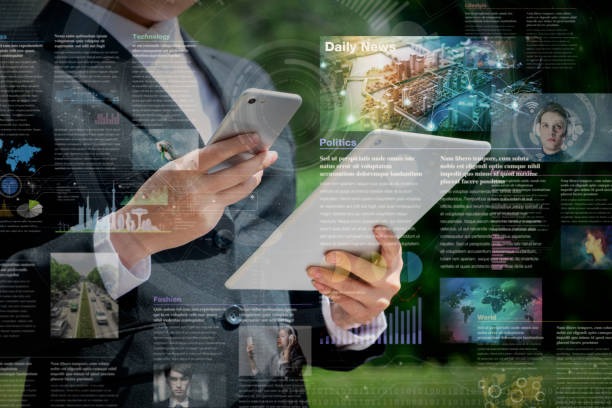In the ever-evolving landscape of technology, neural networks are emerging as silent authors, quietly revolutionizing the way we create and consume written content. These complex systems, inspired by the human brain’s architecture, have become adept at generating text that is not only coherent but also contextually relevant and engaging. As these artificial intelligence models continue to advance, they are reshaping our understanding of authorship and creativity.
Neural networks operate by processing vast amounts of data through interconnected nodes or “neurons.” This process allows them to recognize patterns and generate outputs that mimic human-like writing. One notable example is OpenAI’s GPT (Generative Pre-trained Transformer) series, which has demonstrated an impressive ability to produce text that ranges from informative articles to creative storytelling. The underlying mechanism involves training on diverse datasets encompassing books, articles, websites, and more. This extensive exposure equips neural networks with a broad knowledge base from which they can draw when crafting new content.
The implications of this technological advancement are profound. For businesses and neural networks content generation offer a powerful tool for automating tasks such as drafting emails, creating marketing copy, or even producing entire news articles. By handling mundane writing tasks efficiently, these AI systems free up human writers to focus on more strategic and creative endeavors.
Moreover, neural networks hold promise in enhancing accessibility in education and communication. They can translate languages with remarkable accuracy or convert complex scientific texts into simpler language for broader audiences. Such capabilities have the potential to bridge gaps between different linguistic communities and democratize access to information.
However, the rise of AI-generated writing also raises important ethical questions about authenticity and originality. When machines can produce text indistinguishable from that written by humans, how do we attribute authorship? The boundary between machine-generated content and human creativity becomes increasingly blurred. It prompts us to reconsider what it means to be an author in an age where algorithms contribute significantly to the creative process.
Furthermore, there is a risk of misuse if these technologies fall into malicious hands—generating fake news or deceptive information could become easier than ever before. Thus far-reaching discussions around regulation and responsible use are essential as society navigates this new frontier.
In conclusion, neural networks represent both a challenge and an opportunity for the future of writing; their capacity extends beyond mere automation towards augmenting human creativity itself while posing critical questions about authenticity within digital landscapes today’s world faces unprecedented changes driven largely by advances like these – ultimately shaping tomorrow’s narrative one algorithmic word at time silently yet profoundly influencing our collective story forward into uncharted territories ahead!

